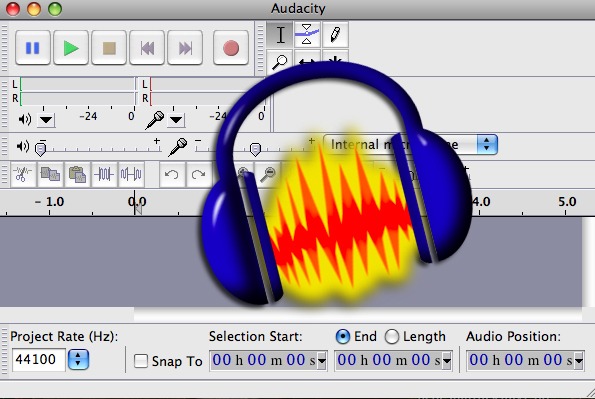

The recorded audio will appear as a new track in the Audacity project window. Once you are finished recording, click the "Stop" button. To record audio directly in Audacity, simply open the program and click the red "Record" button on the toolbar. Import the audio you recorded in another platform into Audacity.If we want to produce a podcast episode first we need to either: Record your audio in Audacity or import audio clips Some of the benefits of using Audacity for podcast editing include its relative ease of use, flexibility, and the fact that it is free forever. This powerful tool offers a wide range of features for podcast editing, including the ability to cut, copy, and paste audio clips, adjust the volume and equalization of individual tracks, and add effects like reverb and noise reduction.Īdditionally, Audacity supports a variety of file formats, including MP3, WAV, and AIFF, making it easy to import and export audio files for use in other applications. Lets start with a refresher in case that you are still not so sure about using Audacity for editing your podcast.Īudacity is a free audio editing app that is available for Windows, Mac, and Linux. What is Audacity and What Benefits Does it Offer for Podcast Editing? Exporting Your Finished Podcast Episode from Audaciy.Removing filler words and "umms" and "ahhs".Editing Your Episode's Recording Using the Tools within Audacity.How to import your existing podcast audio clips into Audacity.How to record audio directly in Audacity.What is Audacity and What Benefits Does it Offer for Podcast Editing?.In this step-by-step guide, we'll walk you through the process of editing a podcast episode in Audacity, covering everything from recording and importing audio clips to cutting out unwanted noise and adding intro and outro music. Learn how to use Audacity to take your podcasting game to the next level.Īudacity is a free and open-source audio editing software that offers a wide range of tools and features to help you edit your podcast like a pro.


 0 kommentar(er)
0 kommentar(er)
